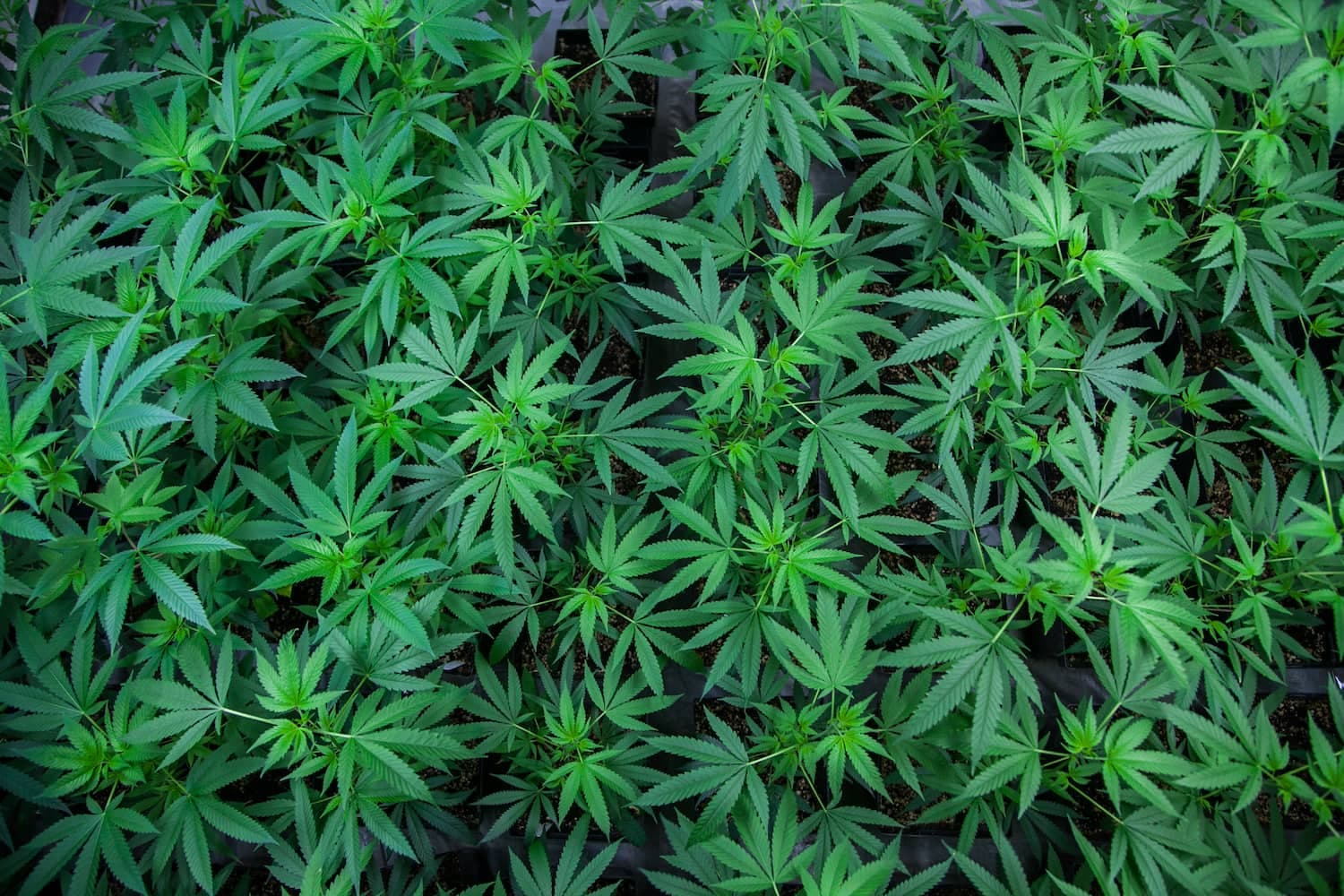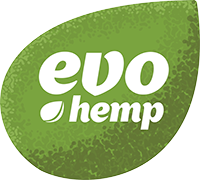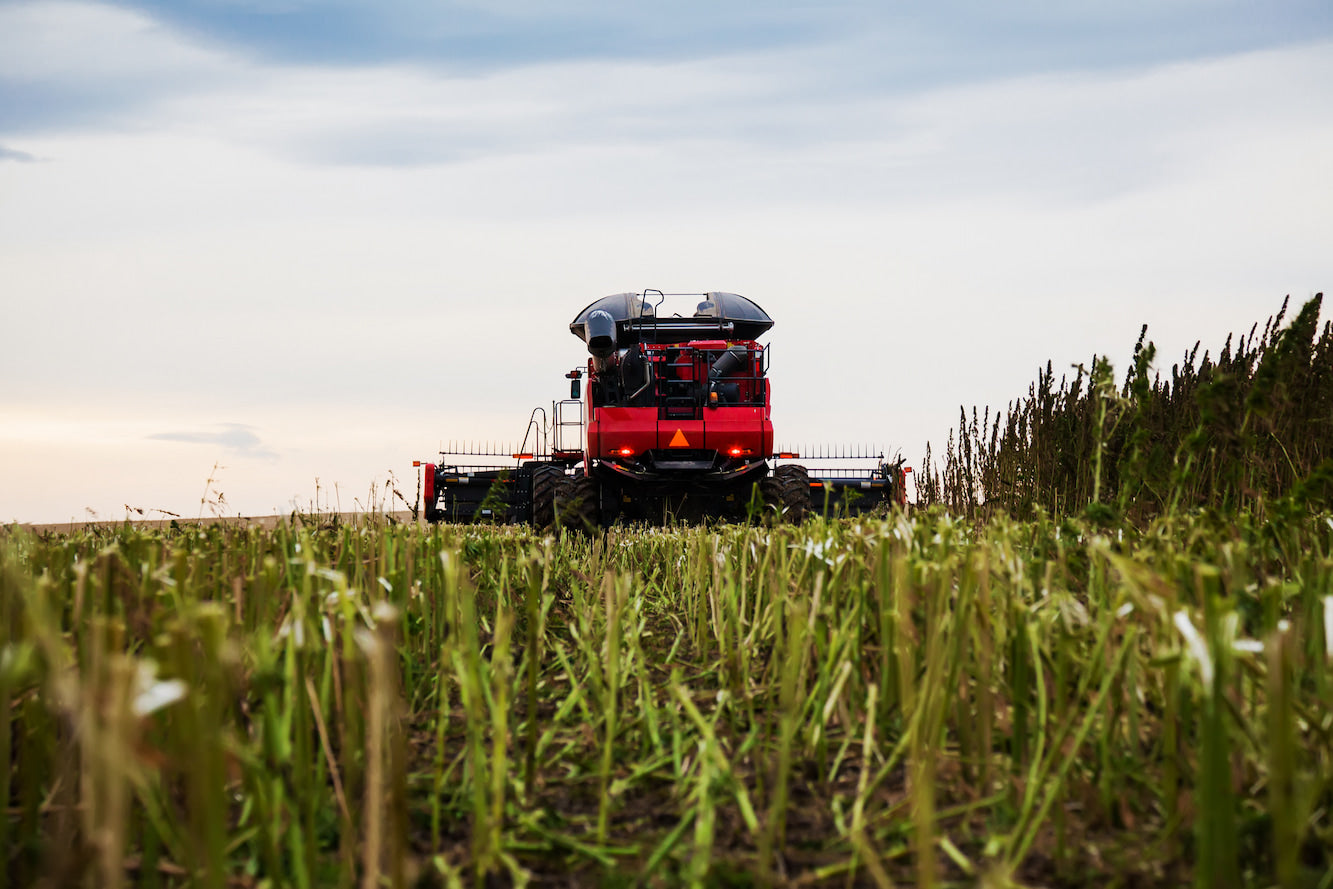History of Hemp: Where and When It All Began

People are quick to sing the praises of hemp, lauding it as a miracle of nature. Although many people are a bit overenthusiastic about the potential benefits and uses of hemp plants and their extracts, they aren’t too far off base. Every part of the hemp plant holds value and can be used to enrich our lives.
What Is Hemp?
Hemp is cannabis sativa. Although the plants are described in different ways, they are exactly the same plant. Hemp is merely a designation of the plant’s characteristics. In order to regulate industrial or utility cannabis plants from cannabis plants cultivated for their psychoactive constituents, the label “hemp” was created.
Hemp plants are cannabis plants cultivated to produce a maximum of 0.3% delta 9 THC, or tetrahydrocannabinol, by their dry weight. The THC group of cannabinoids are cannabinoids that create euphoric effects when ingested by humans or animals.
The 0.3% cutoff was a kind of arbitrary proposition that the United States government decided to abide by. There is no evidence that a cannabis plant that produces 0.4%, or even 1% THC by dry weight would have powerful psychoactive effects. It was merely regarded as a safe number because it was an easily attainable minimum threshold that set a foundation for removing the “drug” perception of the cannabis plant.
THC excluded, hemp still contains over 100 cannabinoids and 100 aromatic compounds called terpenes. These are the compounds that produce the medicinal or wellness benefits of the plant. Cannabinoids, when ingested or inhaled, work to support the body’s endocannabinoid system by mimicking compounds the body naturally produces or influencing the system to create favorable reactions.
Terpenes are aromatherapeutic compounds that give cannabis plants their unique flavors and aromas. Each strain of cannabis contains its own unique blend of cannabinoids and terpenes purported to give the strain a distinct set of effects.
When Was Hemp First Discovered?
Hemp predates recorded history. There is evidence that people in central Asia used hemp plants to manufacture textiles and food products as far back as 8,000 BCE. This was the neolithic period of history, where humans were graduating from a hunter/gatherer system to a primitive agricultural system.
This suggests that hemp was among humanity’s first crops, first showing evidence of hemp cultivation around the same time that humans in the Mesopotamian region (now Iraq) were beginning to grow things like wheat and barley. By all accounts, this makes hemp an ancient tradition.
Many cannabis plants, often referred to as cannabis landrace strains, are native to specific parts of the world. They grow in the wild, having adapted to sustain themselves in their home climates.
If you’ve ever heard cannabis referred to as “kush,” this is a prime example. Kush refers to cannabis plants that are native landrace strains of the Hindu Kush mountain range, which spans across Pakistan, Afghanistan, and Tajikistan.
Why Was Hemp Originally Grown?
Hemp fiber is reputably sturdy and very easy to cultivate. Hemp fiber has been used to produce textiles, rope, hemp cords, and even pieces of pottery. It’s possible that neolithic era humans made garments woven of hemp fiber. Rope was one of the most popular uses of hemp, and hemp-based rope from as far back as 8000 BCE has been discovered across Asia, Europe, and Northern Africa.
Evidence suggests that hemp played a role in ancient medicine in both early Chinese and Indian cultures. Hindu doctors referred to hemp as a sacred grass and one of the five sacred plants. In the case of Hindu spirituality, it’s likely that early hemp’s psychoactive properties were also utilized for spiritual purposes.
Around 700 BCE, the first paper mills were constructed in Asia and Northern Africa. These mills used hemp fiber to create paper. Similar paper mills were slowly constructed across this region of the world. Hundreds of years later, it would be discovered that the hemp plant produces 400% more paper per square foot of crops than trees do.
Hemp’s long history throughout the old world cemented the crops' necessity and utility for developing societies. King Henry VIII, King of England from 1509 to 1547, would impose heavy fines upon farmers who did not grow acres of hemp. He sought to maximize production throughout England, believing hemp to be an invaluable crop.
Hemp’s History in the Early Americas
Colonists did not bring hemp to America. Native American tribes had been cultivating and utilizing hemp throughout the entirety of their established history. Natives used hemp as a vital utility crop, making hemp fabric clothing, bedding, rugs, rope, shoes, and even saddles. Hemp was the most durable fiber for constructing almost everything Native tribes needed to sustain their everyday lives.
Native Americans also smoked a combination of hemp and tobacco from ceremonial pipes. Ceremonial traditions varied from tribe to tribe, but often prioritized a sense of unity and respect for the planet. These ceremonies were equivalent to religious ceremonies, and the mild psychoactive properties of early hemp were believed to help ceremony participants to feel connected or spiritually aware.
After the colonization of the United States, many colonies in the 1700s carried the practice of agricultural hemp into North America. In fact, early law required most colonies to contribute to early American society’s hemp production.
The Declaration of Independence was written on hemp paper, as were many other documents instrumental in founding the United States. Hemp seed oil was used as lamp fuel prior to widespread access to electricity.
Why Did Hemp Stop Being Used?
In 1937, the United States government passed a marijuana tax act that impacted hemp, making it cost-prohibitive to purchase, use, and cultivate. Although hemp was still legal, the industry became slightly more exclusive. Taxes made it more difficult for industrious people who didn’t already have a stable source of income to become a part of the hemp cultivation or manufacturing process.
Despite these taxes, the industry continued to thrive and the government was able to profit more effectively off of the hemp industry. During World War II, the U.S. Department of Agriculture launched an initiative called the Hemp for Victory program. Hemp was used to create supplies crucially important to the military, and American farmers responded by expanding hemp production by over 150,000 acres.
In the late 20th century, the United Nations began to take action to control the production of plants used as drugs or used to manufacture drugs. The United Nations recognized cannabis as a serious drug and sought to create repercussions for the non-medical use of cannabis plants.
The United States passed the Controlled Substances Act, which applied to all plants in the cannabis family. Although the language surrounding restrictions did suggest a difference between industrial hemp and cannabis plants intended to be used recreationally, the regulations were heavy-handed.
The Controlled Substances Act effectively slaughtered the thriving hemp industry, leaving many people without jobs and robbing the economy. Many goods that American people came to heavily rely on were now much harder to obtain, with less expensive alternatives that were often inferior in quality taking their place.
The Resurgence of Hemp
Hemp became an inadvertent casualty in the war effort on drugs, and everyone took notice. The battle to bring the utility of hemp back to the country was slowly fought and moved in inches. In the late 1990s, the United States began to import hemp seed and hemp seed oil to be used in food and cosmetic products.
The Hemp Industries Association took note of the fact that our country was importing a crop that was successfully grown on American soil for hundreds of years and directly challenged the Drug Enforcement Administration on their rules and regulations regarding hemp cultivation.
In 2004, they won their case against the DEA and permanently protected the right to produce and sell hemp-based foods and toiletries in the United States.
It wasn’t until 2007 that hemp cultivation licenses began to be issued again after a 50-year gap. The ruling made it easier and clearer for farmers interested in producing agricultural hemp. It demonstrated that the barriers to entry left some wiggle room.
President Obama signed the Farm Bill in 2014, which was a soft bill that encouraged the resurgence of the hemp industry. The goal was to make it easier for American farmers, both new and seasoned, to add hemp to their crops.
In 2018, the Farm Bill was amended to specifically exclude hemp (including all of its seeds and derivatives) from the controlled substances act. This eventually removed all barriers to entry and therefore put the minds of farmers at ease.
There was no longer red tape or fear of repercussions for the mass cultivation of hemp, and farmers began to sow their fields with hemp seeds.
The return of hemp has only just begun. While it may seem new to more recent generations, hemp was historically important for thousands of years. As the hemp industry reassembles itself in the United States, it’s likely that hemp will broadly inspire innovation or replace many less sustainable materials we rely on.
Hemp’s Uses in Health, Nutrition, and Wellness
Although hemp has many industrial purposes, most people aren’t likely to encounter those applications of the crop.
For example, how often does the average person shop for rope or insulation? Unless it’s specific to their professions, they probably won’t encounter hemp in these contexts.
We all grocery shop, and a walk through any grocery store will show hemp in many contexts, often with the inclusion of hemp in many of the products we purchase every day.
Hemp as a Food
Hemp seeds, also known as hemp hearts, are a complete source of fat, protein, and amino acids. They contain valuable omega fats, dietary fiber, and numerous crucial vitamins and minerals.
Although the term “superfood” has more pop culture connotations than practical implications, many would argue that the nutritional profile of hemp hearts makes them one of the best and most balanced additions to your plate.
Hemp as a Cosmetic Product
Hemp seed oil is an occlusive moisturizer full of skin-healthy fats. Hemp seed oil works to draw water to the surface of the skin, trapping it and creating a barrier that promotes moisture retention while supporting the skin’s natural healing process.
Hemp Extract as a Wellness Supplement
Hemp is rich in CBD, or cannabidiol. CBD is a non-psychoactive cannabinoid that works with the body’s cannabinoid receptors to support holistic wellness. Many people use CBD to ease physical and emotional tension and to promote better sleep.
CBD is also currently being studied by research institutions for its potential medical benefits, with new and promising discoveries being made on a regular basis.
evo hemp’s Mission
Our mission is to revitalize Native American economies through hemp agriculture. Since the passage of the 2018 Farm Bill, tribal farms now have the opportunity to cultivate a plant that was once so sacred to their roots. We source our hemp from these Native American farms while paying respect to indigenous cultures and honoring a valuable part of agricultural history.
Sources:
USDA Releases Long-Awaited Industrial Hemp Regulations | American Farm Bureau Federation
The 2018 Farm Bill (PL 115-334): Summary and Side-by-Side Comparison | Congress Reports
- Tags: farming sustainability



